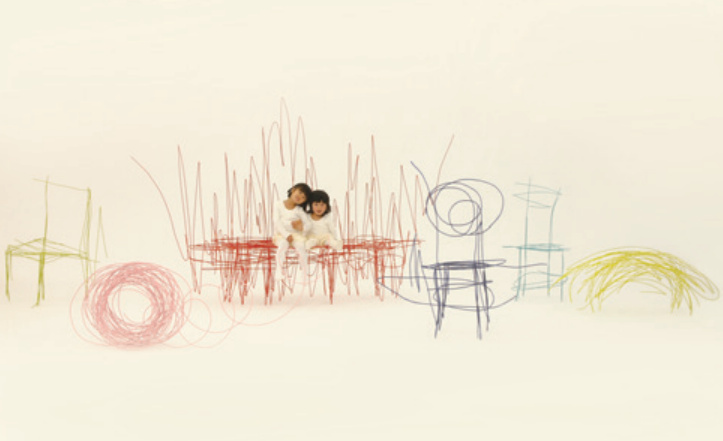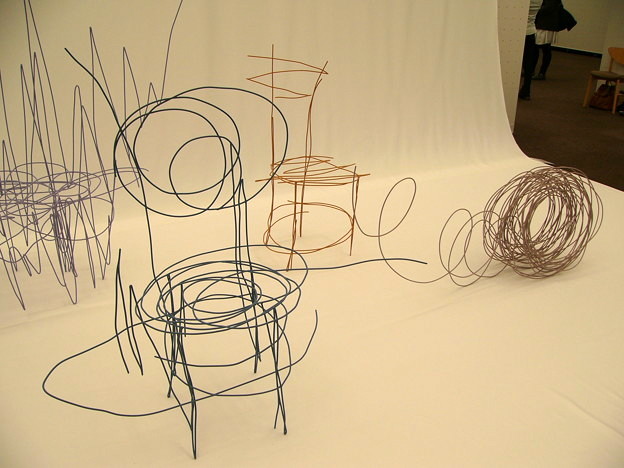It's been a long time between poems (mostly because I've been re-reading lately, and therefore not reviewing, especially
Rebecca Lindenberg and
Mark Leidner). But here's something I stumbled over in the weekend, by Adam Zagajewski and translated by Renata Gorczynski.
To go to Lvov
To go to Lvov. Which station
for Lvov, if not in a dream, at dawn, when dew
gleams on a suitcase, when express
trains and bullet trains are being born. To leave
in haste for Lvov, night or day, in September
or in March. But only if Lvov exists,
if it is to be found within the frontiers and not just
in my new passport, if lances of trees
—of poplar and ash—still breathe aloud
like Indians, and if streams mumble
their dark Esperanto, and grass snakes like soft signs
in the Russian language disappear
into thickets. To pack and set off, to leave
without a trace, at noon, to vanish
like fainting maidens. And burdocks, green
armies of burdocks, and below, under the canvas
of a Venetian café, the snails converse
about eternity. But the cathedral rises,
you remember, so straight, as straight
as Sunday and white napkins and a bucket
full of raspberries standing on the floor, and
my desire which wasn’t born yet,
only gardens and weeds and the amber
of Queen Anne cherries, and indecent Fredro.
There was always too much of Lvov, no one could
comprehend its boroughs, hear
the murmur of each stone scorched
by the sun, at night the Orthodox church’s silence was unlike
that of the cathedral, the Jesuits
baptized plants, leaf by leaf, but they grew,
grew so mindlessly, and joy hovered
everywhere, in hallways and in coffee mills
revolving by themselves, in blue
teapots, in starch, which was the first
formalist, in drops of rain and in the thorns
of roses. Frozen forsythia yellowed by the window.
The bells pealed and the air vibrated, the cornets
of nuns sailed like schooners near
the theater, there was so much of the world that
it had to do encores over and over,
the audience was in frenzy and didn’t want
to leave the house. My aunts couldn’t have known
yet that I’d resurrect them,
and lived so trustfully; so singly;
servants, clean and ironed, ran for
fresh cream, inside the houses
a bit of anger and great expectation, Brzozowski
came as a visiting lecturer, one of my
uncles kept writing a poem entitled Why,
dedicated to the Almighty, and there was too much
of Lvov, it brimmed the container,
it burst glasses, overflowed
each pond, lake, smoked through every
chimney, turned into fire, storm,
laughed with lightning, grew meek,
returned home, read the New Testament,
slept on a sofa beside the Carpathian rug,
there was too much of Lvov, and now
there isn’t any, it grew relentlessly
and the scissors cut it, chilly gardeners
as always in May, without mercy,
without love, ah, wait till warm June
comes with soft ferns, boundless
fields of summer, i.e., the reality.
But scissors cut it, along the line and through
the fiber, tailors, gardeners, censors
cut the body and the wreaths, pruning shears worked
diligently, as in a child’s cutout
along the dotted line of a roe deer or a swan.
Scissors, penknives, and razor blades scratched,
cut, and shortened the voluptuous dresses
of prelates, of squares and houses, and trees
fell soundlessly, as in a jungle,
and the cathedral trembled, people bade goodbye
without handkerchiefs, no tears, such a dry
mouth, I won’t see you anymore, so much death
awaits you, why must every city
become Jerusalem and every man a Jew,
and now in a hurry just
pack, always, each day,
and go breathless, go to Lvov, after all
it exists, quiet and pure as
a peach. It is everywhere.









